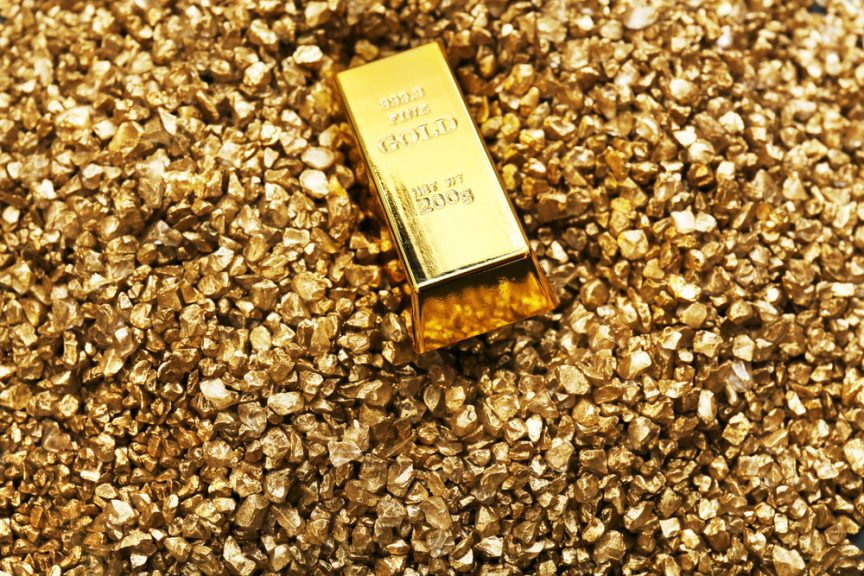A recent report from the World Gold Council highlights what role the industry can play in a global economy that’s more energy-efficient and eco-friendly.
Around the world, businesses are investing in environmentally friendly initiatives to help combat climate change and make their operations more efficient. And it’s not hard to see why: By integrating sustainable technology sooner rather than later, companies can take advantage of cleaner energy sources, cut costs, and contribute towards making this a greener planet.
In fact, the World Gold Council recently released its “Gold and climate change: Current and future impacts” report to identify what a sustainable future looks like for the gold industry as a whole — mining operations included. On top of analyzing what segments of the gold supply chain are the most carbon-intensive, the Council’s report highlights what steps the industry can take to be a part of wider decarbonization efforts.
For gold industry stakeholders and mining companies looking to invest in sustainable technology, these insights represent an exciting opportunity to stand at the forefront of environmentally-friendly innovation taking place across the private sector. However, as decision-makers consider how they can contribute to these efforts, they should also be prepared to invest in the proven maintenance solutions — such as haul and access road dust control — needed to keep their greener operations running smoothly and safely.
How the Global Gold Supply Chain Can Decarbonize
The World Gold Council report analyzes the environmental friendliness of the world’s gold supply chain, as well as its total carbon footprint. According to the report, gold in bullion, jewelry, and electronics doesn’t have a significant impact on the industry’s environmental profile. Instead, the primary area for improvement is energy and fuel use in gold mine production.
This means that gold industry stakeholders committed to eco-friendly operations should consider how they can begin to decarbonize the mining process. Some companies are already opting for electrical mining worksites, while others are investing in products that can make it easier to maintain critical infrastructure and expend less energy repairing it as a result of heavy wear-and-tear.
What Green Means for Gold
Additionally, the World Gold Council’s report addresses what the global transition to sustainable technology means for gold as a commodity. Among the report’s key findings is that the risk-return profile for gold will be strong, even as a wide range of other industries reevaluate their supply chains to be as environmentally friendly as possible.
With businesses across the private sector going through substantial changes as part of their efforts to “go green,” gold likely has a role to play as a risk mitigation asset for investors. As it has been for decades, the precious metal’s long-standing position as a risk hedge, portfolio diversifier, and market insurance asset will be invaluable going forward.
Supporting Future Mining Infrastructure
The gold mining industry has an exciting role to play as the private sector works toward a greener future. By considering how mining operations can use energy and fuel as efficiently as possible, key decision-makers can contribute to industry-wide progress toward decarbonization. One way that gold mining companies can conserve resources more effectively is by investing in cutting-edge dust control for their haul and access roads. With the right products, businesses can eliminate the need for repeated watering or the use of harmful magnesium or calcium chloride products.
Specifically, the proper application of Midwest Industrial Supply, Inc.’s patented dust control products represents a greener, more efficient path forward. Our products are backed by more than four decades of experience developing custom solutions and application strategies for mining companies around the world. These long-term relationships have allowed the Midwest team to engineer dust control solutions that take the particular chemistry, soil, and intended uses of specific worksites into account.
Through the strategic application of our products on haul and access roads, mining companies can get dust control right the first time and spend less time, money, and resources doing it.


